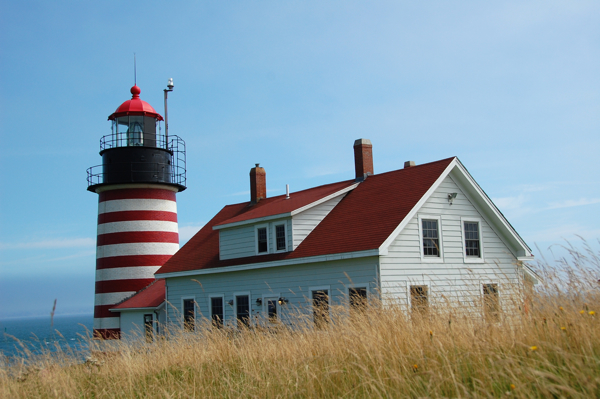
If some of you Southerners think the Atlantic is only green in the South, take a look at it in the background of this photo of West Quoddy Head Light in Lubec, Maine.
Way back when I was young, my parents would take my brother and I for an end-of-the-summer trip to West Quoddy Head, the easternmost point in the United States.
It was especially fun when I was in elementary school. I got a great photo one year of the surf that was whipped up by a hurricane far out to sea. It crashed against the rocky coast, and my old Pentax K-1000 film camera caught it with the signature red and white rings of West Quoddy Head Light in the background. The beacon of the lighthouse also happened to be shining when I captured the image.
This time, the Atlantic was calm, producing only a gurgle as it hit the rocks when we visited the area a few days ago. But really, the trip was like old times.
 For an hour, we traveled across winding roads lined with trees and blueberry fields to get to Lubec, the easternmost town in the U.S., where West Quoddy is located. East Quoddy, in case you're wondering, is located not too far away just off Campobello Island, Canada, the famed summer home of Franklin Delano Roosevelt.
For an hour, we traveled across winding roads lined with trees and blueberry fields to get to Lubec, the easternmost town in the U.S., where West Quoddy is located. East Quoddy, in case you're wondering, is located not too far away just off Campobello Island, Canada, the famed summer home of Franklin Delano Roosevelt.(The blueberry harvest here, by the way, has just ended. I capped it off with a hot muffin packed with deliciously sweet berries, slathered with butter and accompanied by a cup of black tea. Doesn't get any better.)
As we approached the state park Saturday, we noticed that the tide was extremely low; tides are so much more pronounced here than anywhere else in the country. Several locals had driven their trucks onto the flats and were digging for clams as we drove by. (More about clams in a later post.)
Getting out of the car as we arrived at West Quoddy's hiking trails was a shock. It was a different environment. It was 80 when we left Princeton, which is about 50 miles north, but the temperature on the coast was probably no more than 65 degrees. As a converted Floridian, I layered on every article of clothing I could find.
Though my extremities - namely my ears and hands - nearly froze off, the stroll beside rocky cliffs hundreds of feet above the shoreline and the hike over trails that led through an arctic bog were as breathtaking I can remember.
I'm sure some people would be bored with such an excursion. There's not much to do other than hike and, if you're warm-blooded, freeze your derriere off.
But we're a picture-taking bunch. The three of us each had a camera in our hands, so we were happy. The arctic bog was bursting with details - mushrooms (inset photo), leaves, meat-eating plants - that we couldn't stop shooting.
These are some photos of those details and of the scenes we captured while searching for them.
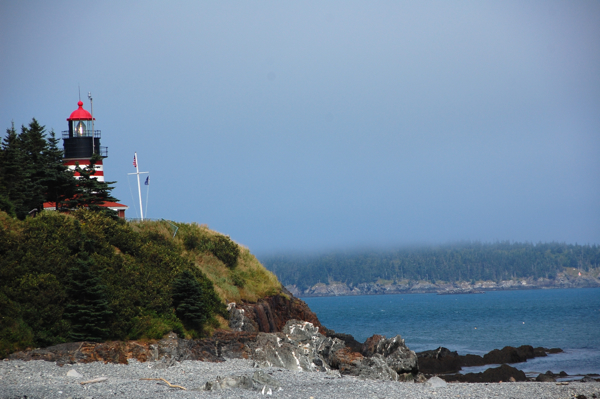
Fog, as you can see in the background, moved in, but the area wasn't shrouded enough for the keeper to turn on the horn.
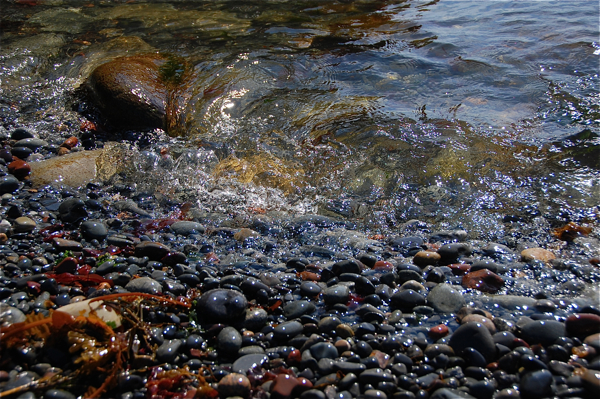
The gnarly waves of the north Atlantic crash against the rocky beaches of Down East.
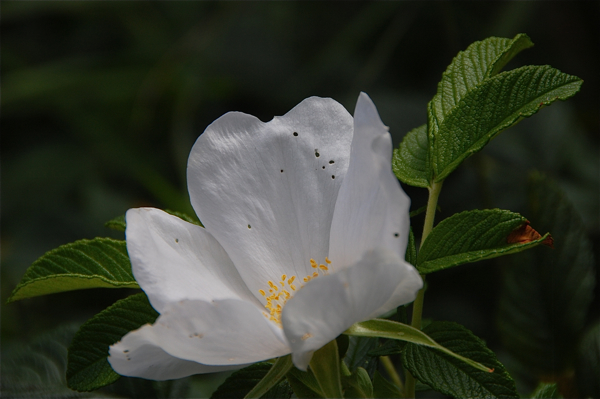
Single white rose.

The sun creates bluish crescents in the lens of my camera.
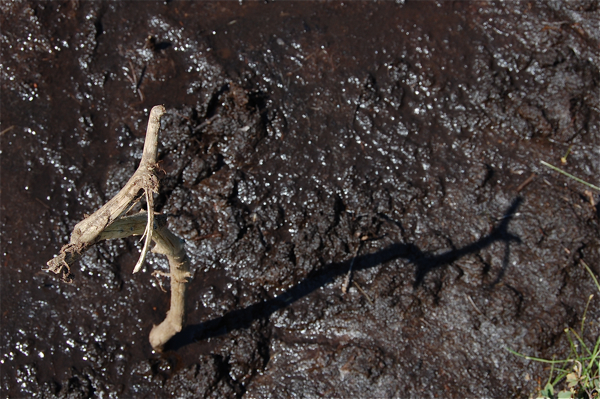
A stick in the mud. A symbol of my activities on vacation days when I wasn't going anywhere.
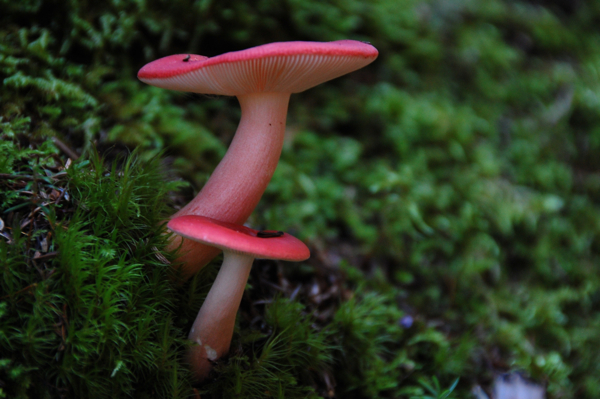
Unknown mushroom.
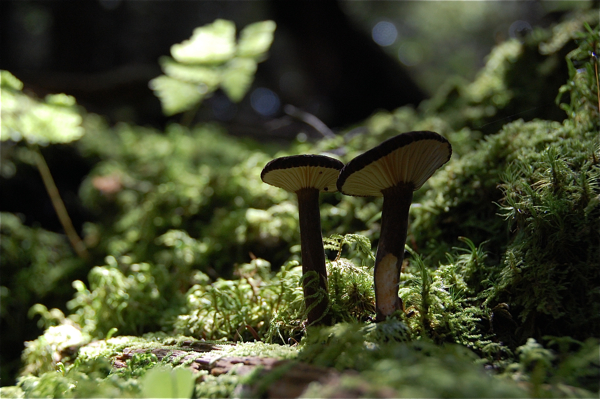
The lighting for these guys was terrific. I was surprised I was able to get a shot of these mushrooms without silhouetting them in front of that sunlight in the background.
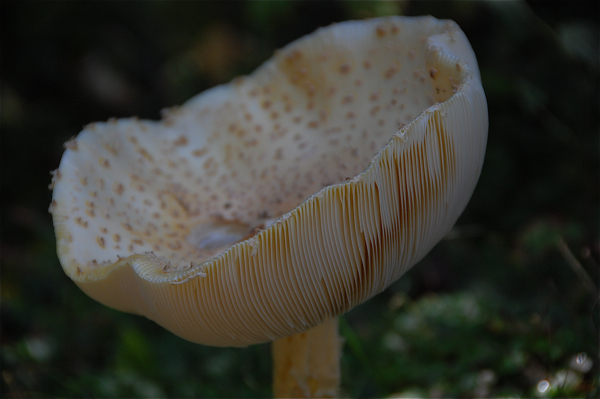
Ribs of an unknown mushroom.
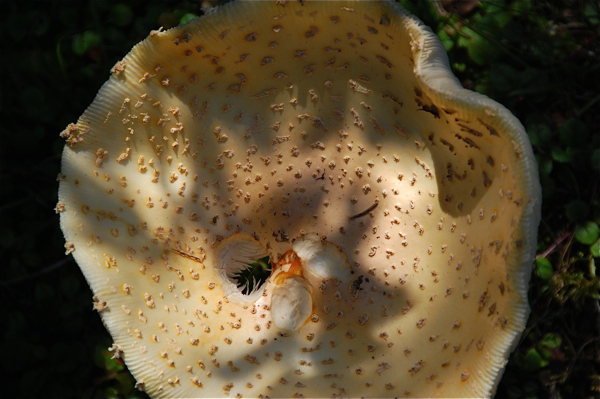
The holey cap of the previous mushroom.
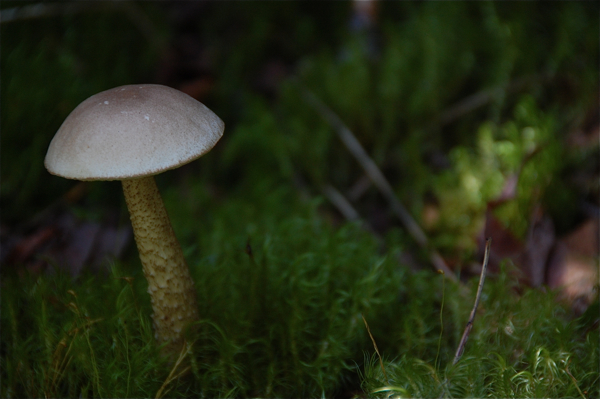
Pristine.
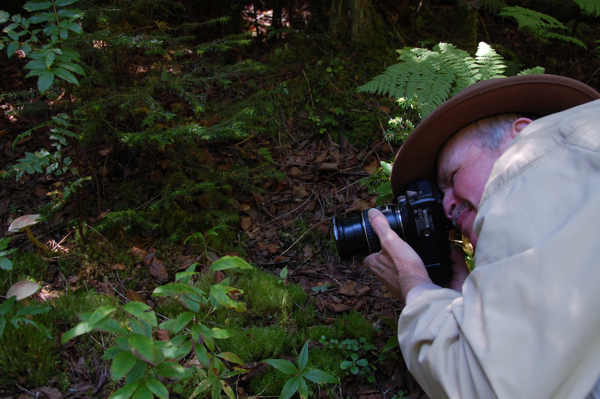
Father photographing pristine.

These mushrooms were chewed by a squirrel, most likely.
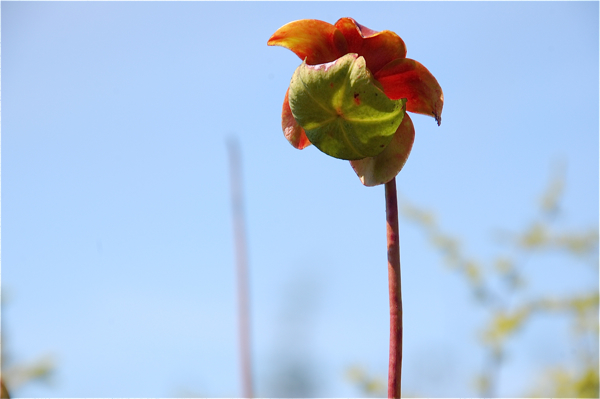
This is the blossom of a pitcher plant, the carnivorous plant whose reservoir, shaped like a water pitcher, traps insects and dissolves them for nourishment.

Grass high atop a cliff, with the rocky coast below.
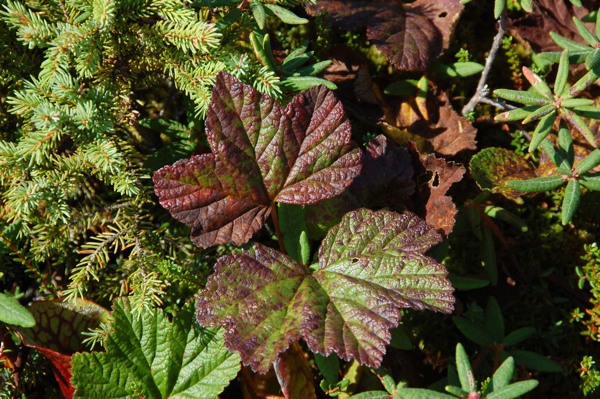
Bake apple, a common plant throughout the arctic bog through which a boardwalk led us.
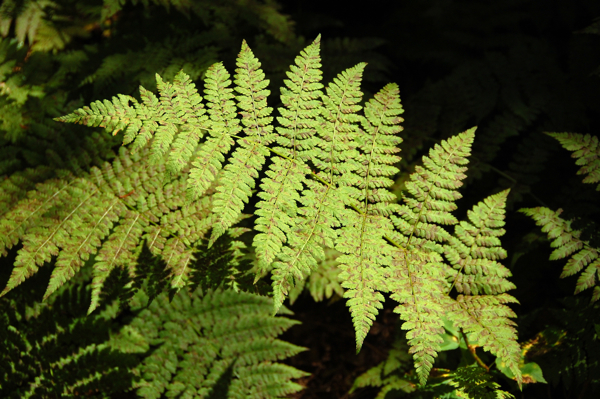
Ferns are striking when combined with light and shadow.
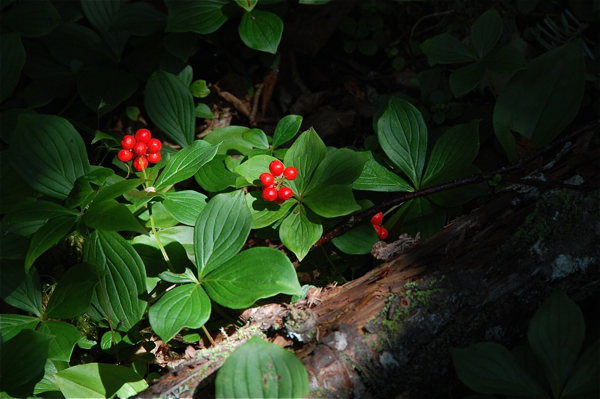
Bunch berries are equally dashing when the sun's spotlight shines upon them.
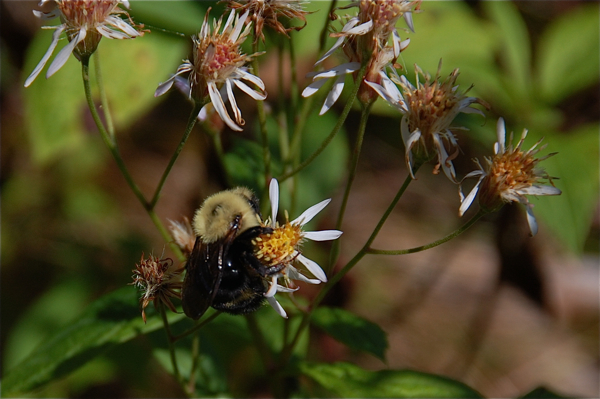
A bumble bee lands on a bunch of wilting asters. Winter is on its way. The flowers and I can feel it. But I'm lucky: I'm heading back to Florida today.



No comments:
Post a Comment